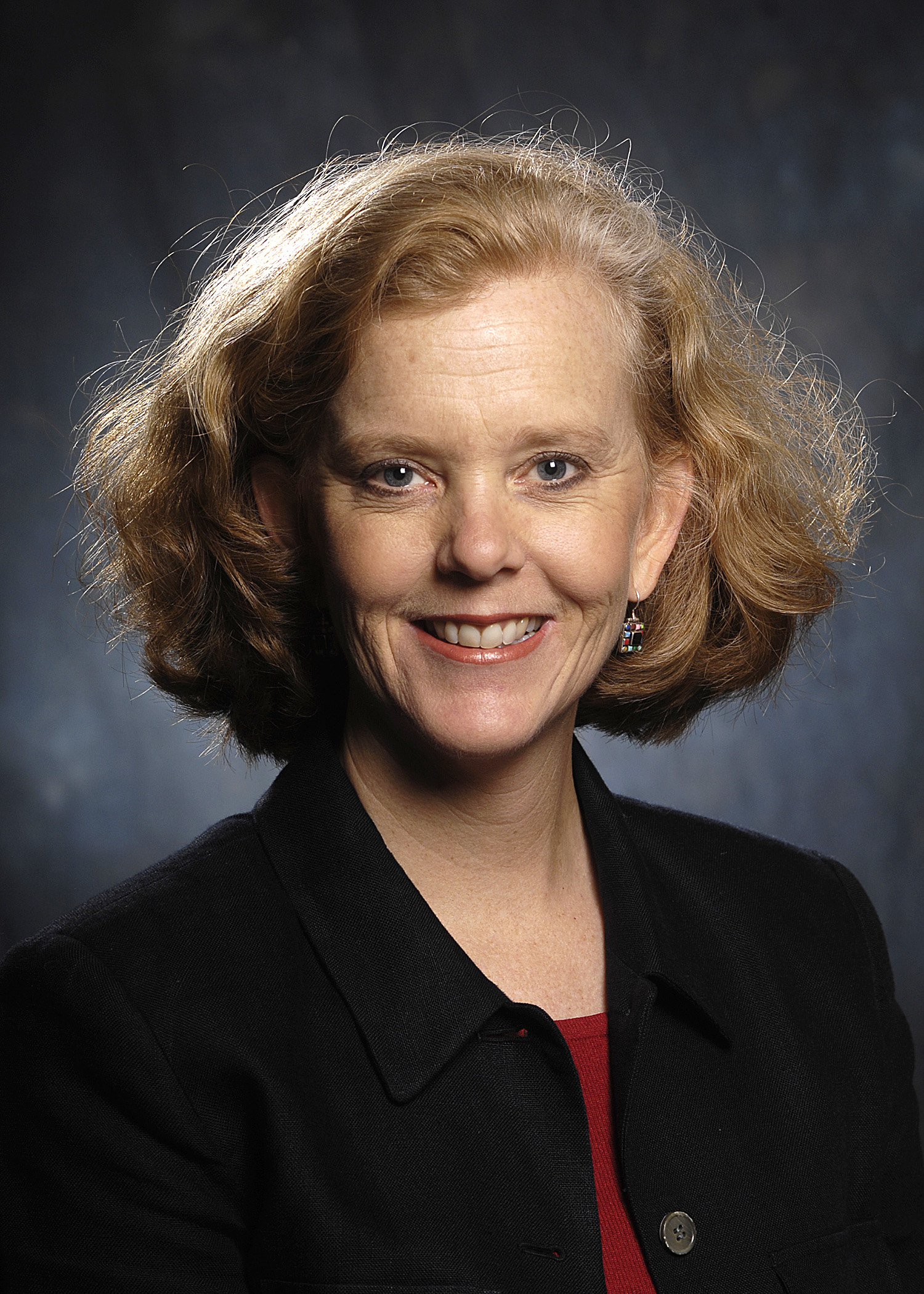
Technical standards (TS) refer specifically to the nonacademic requirements deemed essential for participation in and completion of a medical education program. They consist of certain minimum physical and cognitive abilities as well as sufficient mental and emotional stability. Technical Standards for medical education were introduced in guidelines published by the Association of American Medical Colleges (AAMC) in 1979. Although many legal, culture and technological advances have given individuals with disabilities more opportunities in the medical field, TS have remained largely unchanged. Concurrently, physicians with disabilities continue to be underrepresented in the profession.
Hearing a call from universities for revised TS, the Association of Academic Physiatrists (AAP) sponsored an initiative to update the long-standing framework. They commissioned Kezar to convene an expert task force to revisit their past TS recommendations and amend them according to the most current changes in medical education, medical practice and the
medico-legal landscape. They concluded by making eight recommendations and two functional approaches to Technical Standards that are consistent with now-prevalent competency-based medical education constructs. The paper explains, “The goal of these recommendations is to address the call to action, from a number of groups including the AAMC, for enhanced accessibility for students with disabilities and for the further promotion of a diverse physician workforce.”
Kezar, who is AAMC Council of Faculty and Academic Societies (CFAS) representative from AAP, is enthusiastic about ensuring that the medical profession’s commitment to diversity extends explicitly to people with disabilities. “Physicians with disabilities bring unique perspectives to the practice of medicine and can help to create a physician workforce prepared to meet the needs of a wide variety of patients. For students with disabilities, accommodations can level the playing field and provide an opportunity to demonstrate the competencies necessary for the practice of medicine. Updating Technical Standards is a critical first step in this process,” said Kezar.
The paper significantly impacts the evolution of TS in all U.S. medical schools, and physicians from other countries have also begun to make inquiries regarding the paper’s recommendations. Additionally, the AAMC continues to bring more attention to the topic of disabilities within the profession—a position that mirrors its dedication to strengthened inclusivity.
The authors conclude the paper by sharing their guidance for the future of disability inclusion as well as the waning necessity for technical standards: “We also advocate for further research into the barriers that impede people with disabilities in the medical education pipeline, patient perceptions and outcomes when they receive care from students and physicians with disabilities, and the use of both human and technological intermediaries to advance the inclusion of people with disabilities in medical education. We anticipate that the emerging focus on universal design and competency-based medical education will eventually render TS obsolete.”
You can access the full-length paper here.
